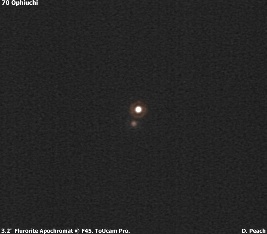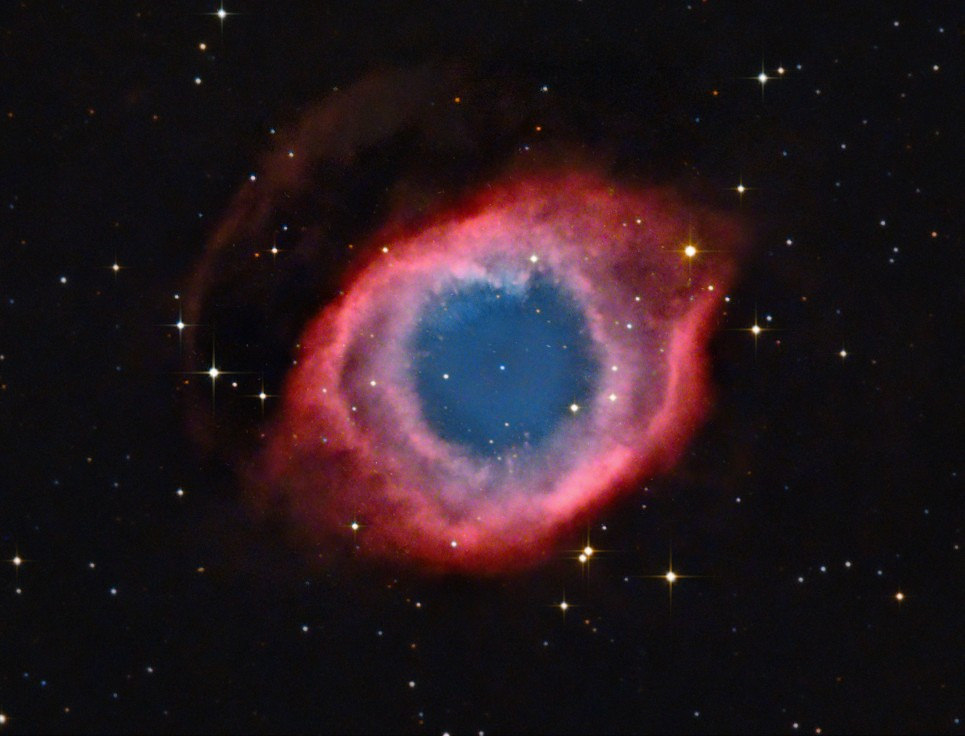
Unlike galaxies and star clusters and even emission nebulae, the class of objects known as planetary nebulae exist on a scale of space and time that’s comprehensible, relevant, and compelling to most humans.
Comprehensible because these tenuous exhalations of dying stars are roughly the size of a solar system, which means light can pass from one end of the nebula to the other in just a few hours, and even our current spacecraft could cross some of these nebulae in a matter of years.
Relevant because our own Sun will expire after creating its own planetary nebula in a few billion years when our star’s inner core boils off its outer layers in an intermittent nuclear frenzy.
And compelling because as you observe these objects with your telescope, you may be witnessing the death of other solar systems which once harbored intelligent civilizations that long ago passed into oblivion, or perhaps learned to travel elsewhere in the galaxy before it was too late. Amateur astronomy is, after all, a pastime of the imagination [Read more…] about The Cat’s Eye Nebula
Share This:


